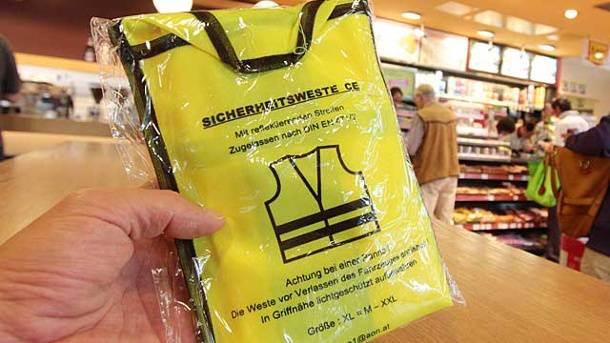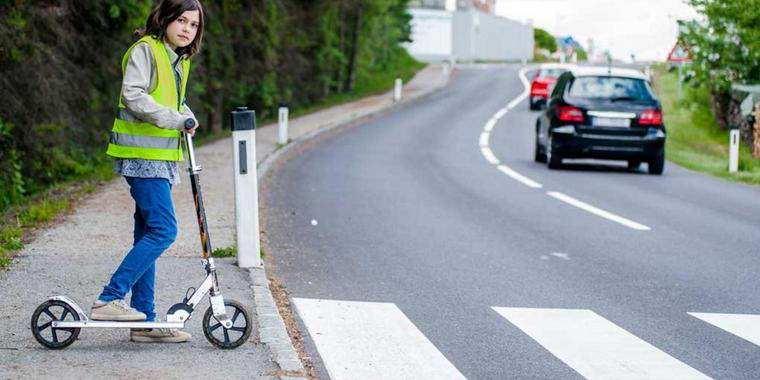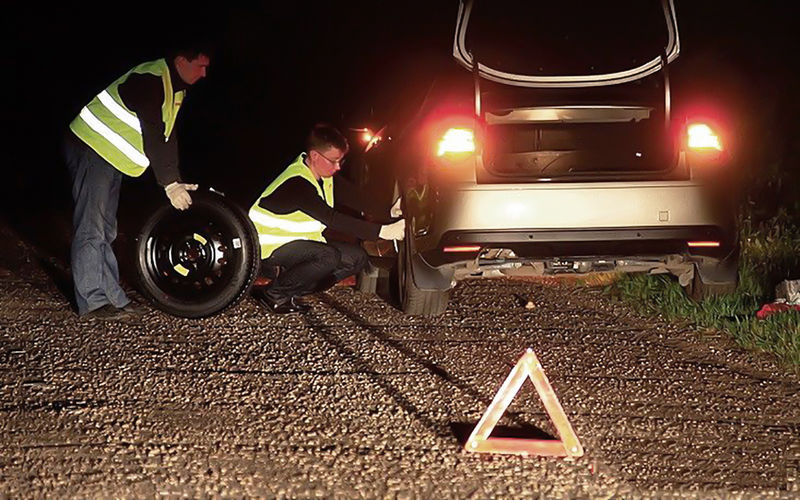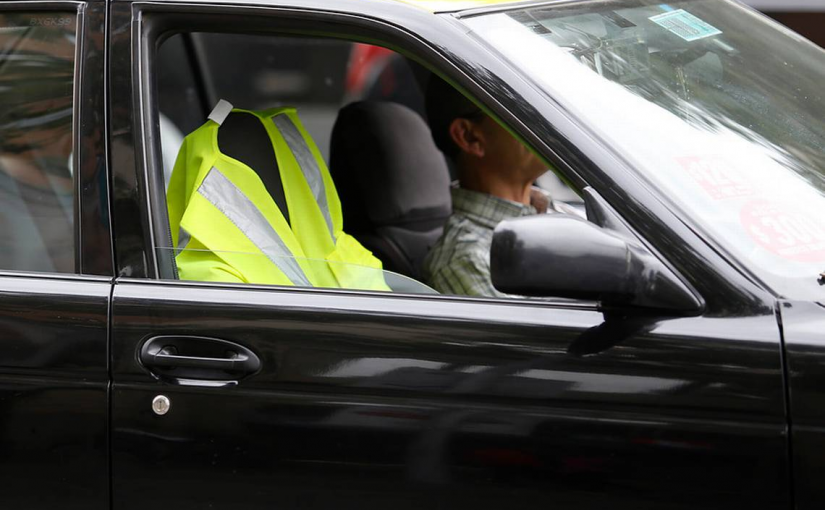In Germany, motorists are required from July to have at least one safety vest in the car. In other European countries, from France to Croatia, the flash cover has long been mandatory. “We generally recommend putting on safety vests for safety reasons in the event of a breakdown, no matter in which country,” ADAC lawyer Michael Nissen explains to travelers who set off on their summer vacation by car.
Safety vest best in the glove box
The best is according to Nissen in the car for each passenger a vest ready and not in the trunk, but handy in the glove compartment. The regulations on the obligation to wear warning visas and the fines for their disregard differ from holiday destination to holiday destination.
Belgium: In the event of accidents or breakdowns on Belgian motorways or motorways, the vest with reflective material is mandatory. Whoever wears none, must expect a fine of at least 50 euros. This also applies to motorcyclists. However, anyone who cannot show a vest during a check is not prosecuted in Belgium.
France: The safety vest must not only be worn in an emergency but always be there – preferably in the glove box, because it must be tightened before leaving the vehicle. This also applies to passengers. Who gets caught without a vest, pays at least 90 euros. Motorcycles and quads are excluded.
Italy: Anyone who is outside closed villages on the carriageway without a vest risks a warning fee of at least 41 euros. However, under Italian law, this only affects the driver or the person setting up the warning triangle. Motorcyclists are excluded. In the case of controls, however, no vest must be presented. “In Italy, only the duty to wear,” says Nissen.
Croatia: Motorists and motorcyclists must have a vest outside closed villages and cover in case of breakdowns. Violations are not punished in Croatia.
Austria: Here is a safety vest for the driver mandatory in the luggage. In poor visibility, in confusing areas or in the dark, the vests with reflective tapes must be covered even in case of breakdowns on the highway. “Austria is the only country where our members report enforced fines,” says Nissen. The penalty is between 14 and 36 euros.
Portugal: Anyone who does not carry a safety vest as a car or motorcyclist risks a fine of 60 to 300 euros. Who in an emergency on the road does not carry, even 120 to 600 euros. This is true only for vehicles registered in Portugal, but also includes rental cars for tourists.
Spain: Reflective vests have to carry drivers of cars, buses, and trucks, but moped and motorcyclists do not. If you do not wear a vest, you risk a fine of up to 100 euros – if you pay the penalty immediately, the Spanish police will release half the amount.



